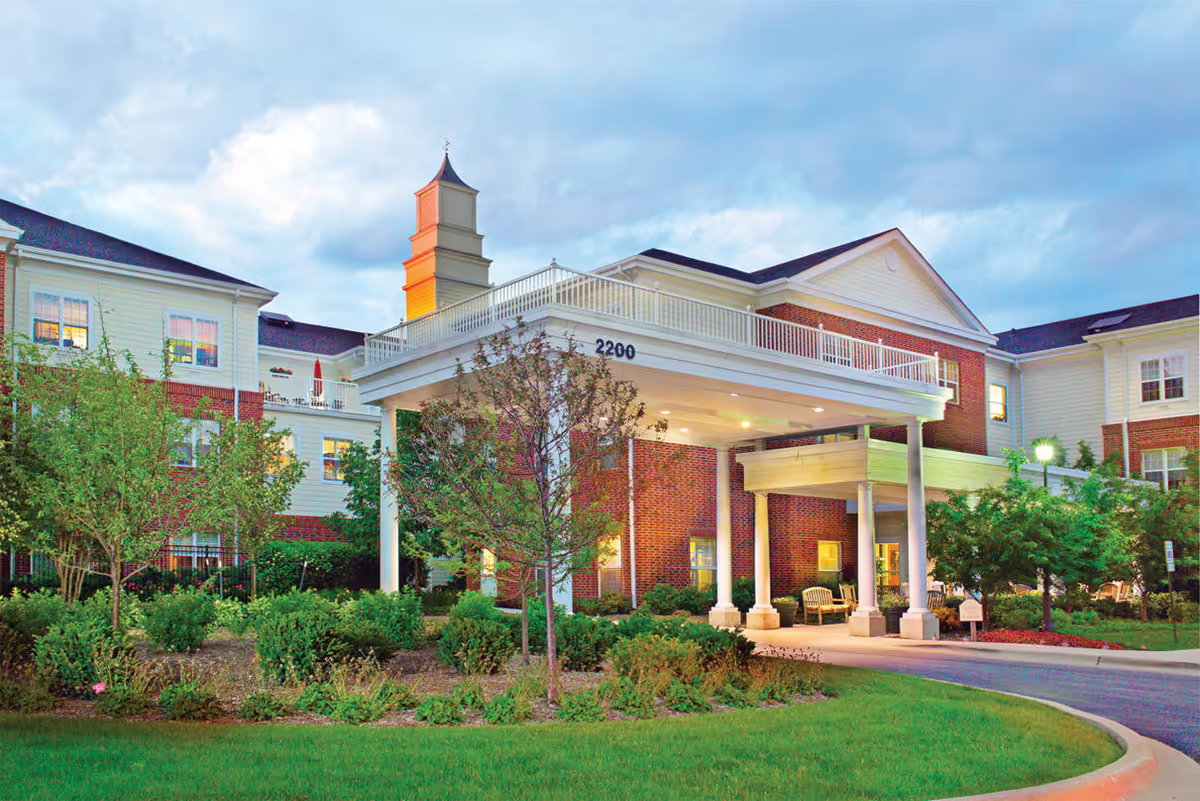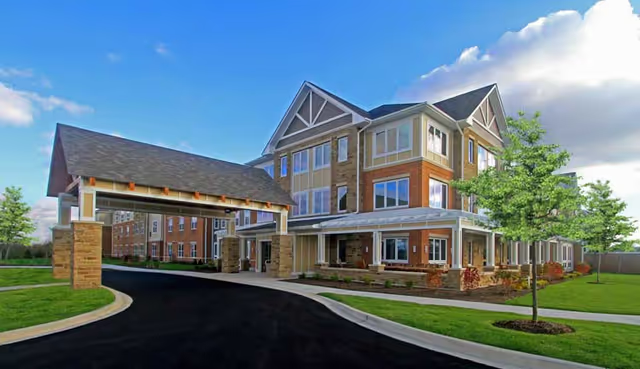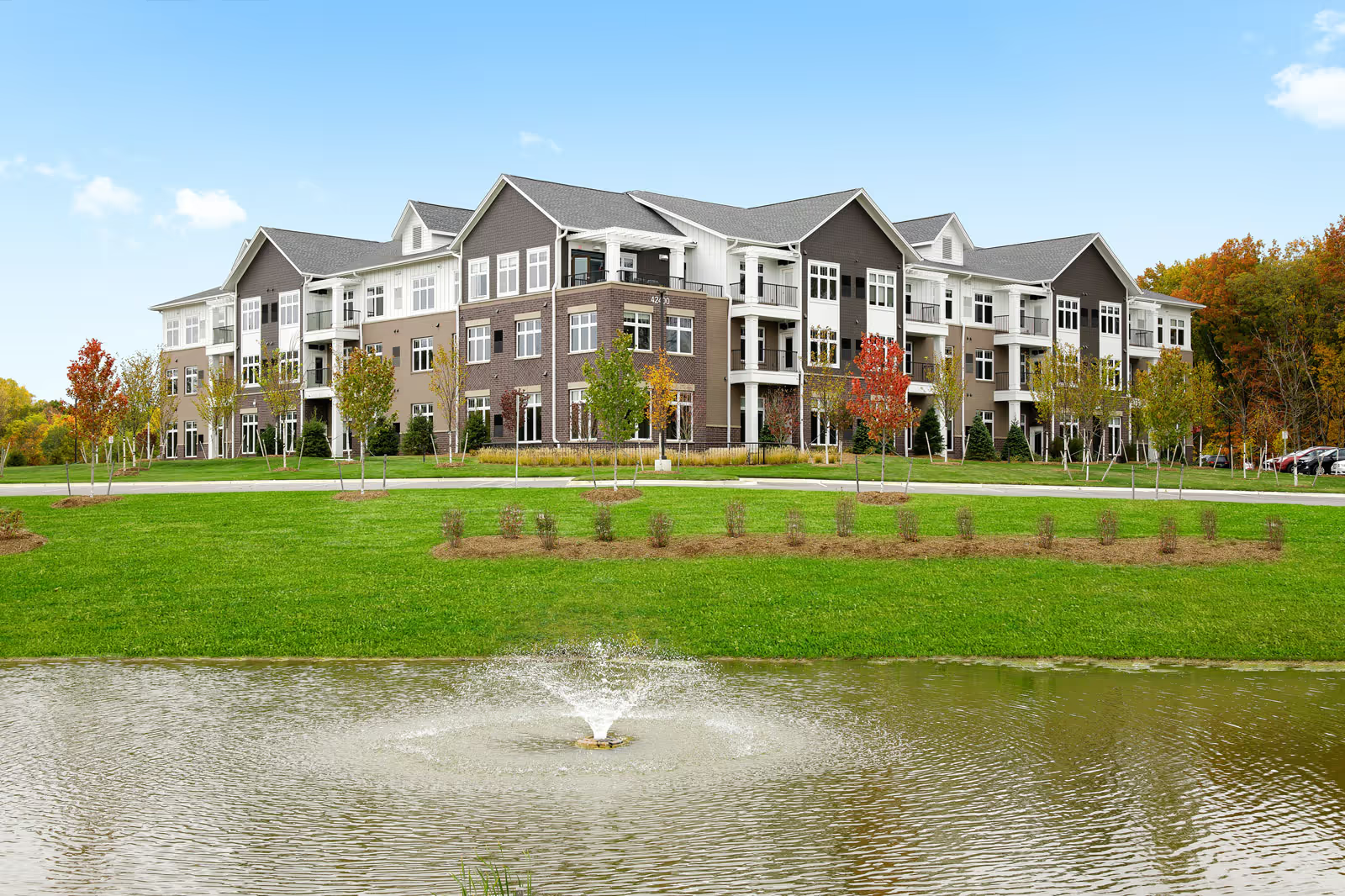Overall impression: The reviews present a strongly mixed picture of Miller's Merry Manor. Several reviewers praise the facility for having caring, willing staff, effective rehabilitation and therapy, good medication supervision, and the ability to provide daily living assistance. Others report serious concerns including neglectful incidents, poor communication, unclean rooms, understaffing, and inconsistent nursing competence. The divergence in experiences suggests variability in care quality across shifts, units, or individual staff members.
Care quality and safety: Care-related comments are polarized. Positive accounts emphasize immediate responses to medical needs, attentive therapy teams, and personal attention that supported recovery and daily tasks. These reviews indicate the facility can provide strong rehab outcomes and reliable medication oversight. Conversely, negative reports describe instances of negligence — residents left on a bedpan for extended periods, failure to reposition residents leading to pressure sore risk, and prolonged neglect while in wheelchairs. Multiple reviewers specifically cite understaffing and long neglect intervals, which correlate with the most serious safety concerns. Taken together, these patterns indicate inconsistent adherence to basic care protocols (for example, turning/repositioning schedules) and variable levels of supervision and follow-through.
Staff, communication, and family interactions: Many reviewers found staff friendly and willing to help during daytime or visiting hours, and noted the presence of a social worker as a helpful resource. However, several accounts describe a noticeable change in staff demeanor after visitors leave or during certain shifts — staff reported as less friendly, dismissive, or constrained to a strict schedule. Communication problems are a recurring theme: families reported unprofessional interactions, poor empathy from some staff, ignored phone calls, and, in at least one report, restrictions or refusals that prevented family access. The reviews depict a facility where some staff excel at individualized, responsive care while others fall short in compassion and communication, contributing to family frustration and distrust.
Facilities, cleanliness, and dining: Comments on the physical environment are mixed. Some reviewers describe the interior as outdated and note that cleanliness is inconsistent — specific mentions of dirty rooms stand in contrast to others who do not report problems. Dining receives lukewarm feedback; a few residents found meals unappealing, although procedural aspects around meal service appear to be followed. The facility is noted by some as particularly suitable for residents who do not have active family involvement, suggesting it can meet baseline needs for those without external advocates, but that appearance and housekeeping standards may vary.
Patterns and systemic issues: Several recurring themes point to systemic issues rather than isolated incidents: inconsistency in care and staff behavior across times/shifts, understaffing that contributes to neglect and missed repositioning, and gaps in communication with families. The juxtaposition of glowing reports of excellent rehab and attentive nursing with serious neglect allegations suggests variability in training, staffing levels, or management oversight. Reports of care being delivered on staff schedules rather than being resident-centered further indicate potential organizational or staffing challenges that affect resident autonomy and satisfaction.
Conclusion and considerations: In sum, Miller's Merry Manor elicits both strong praise and serious criticism. Pros include effective rehab services, medication supervision, and caring staff in many instances. Major cons include inconsistent care leading to safety risks (pressure sores, neglect), poor communication, cleanliness issues, and loss of resident independence. Prospective residents and families should be aware of this variability: when evaluating the facility, ask specific questions about staffing ratios by shift, wound care and turning protocols, incident reporting and follow-up, visitation policies, recent inspection or survey results, and how the facility addresses family concerns. Ideally, arrange visits at different times of day to observe variability in staff responsiveness, and request references from current families to better gauge whether the positive experiences are typical and whether the facility has addressed the negative patterns noted in these reviews.







